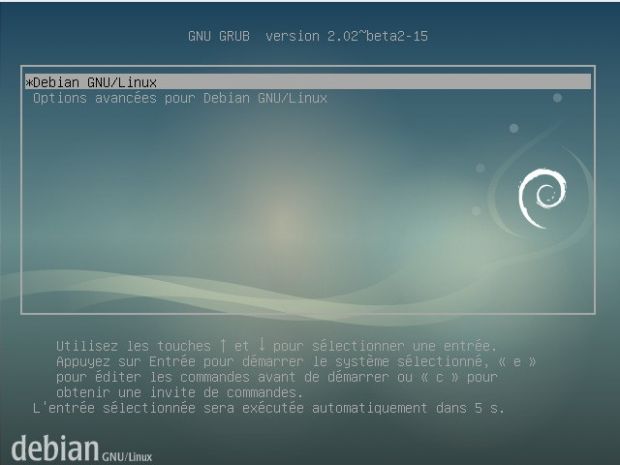
You will see an overview of your current system disks and mount points. Note: You can select Guided – use the entire disk and set up LVM (Logical Volume Manager) as partition layout for efficient disk space management and follow the instructions. On the next screen, choose Manuel to perform disk partitioning. Now set the above user’s password and click Continue. In this step, set the user’s system name and click Continue.

First set the user’s full name as shown below and click Continue when you are done. Then create a user account for the system administrator. Start by setting the root user password as shown below and click Continue when you are done. Here, you will configure system users and their passwords. Set Hostname Set Domain Name Configure Users and PasswordĨ. The next step is to set your system hostname and domain name and click Continue. Debian 11 Components Configure Hostname and Domain Nameħ. The installer will now load components from the CD shown below. Next, choose your Keyboard Layout to use and click Continue. Once you are done click Continue as shown below. Now select your location used for setting the system timezone and locales, if not on the list go to Other and click on Continue. Debian 11 Install Language Configuring Location and Keyboard SettingsĤ. Select your installation process language and click on Continue. The system will start loading the media installer and a page to select the installation language should appear as shown below. Then start the computer, select your bootable device, and the first Debian 9 installer boot menu should appear as shown below. Once you have created the installer bootable media, place your CD/USB into your system appropriate drive. After downloading the Debian 11 minimal CD image from the above links, burn it to a CD or create a bootable USB stick using LiveUSB Creator called Unetbootin or Rufus.Ģ. Download Debian 11ĭebian 11 server system network installation minimal CD image:

Important: These are only values for a test scenario, in a production environment, you probably want to use suitable RAM and Hard disk size to meet your local environment needs. However, before you move further, read the system requirements, download the netinstall CD ISO image and then proceed to the Debian 11 installation instructions. You can use it to install only the necessary software packages that you need to work with, which we will show you in future guides. This installation you will carry out is appropriate for building a future customizable server platform, without a GUI (Graphical User Interface). In this guide, we will walk you through the installation of a Debian 11 (Bullseye) Minimal Server, using the netinstall CD ISO image.


 0 kommentar(er)
0 kommentar(er)
